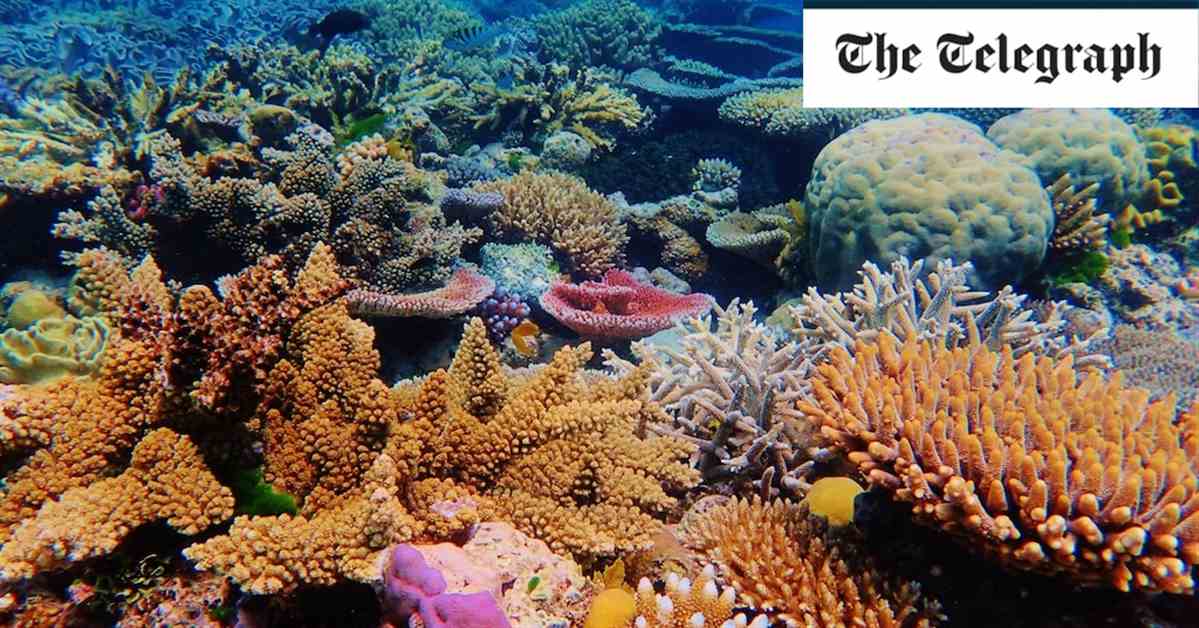The Great Barrier Reef, one of the world’s most stunning natural wonders, has been a topic of concern in recent years. Covering a vast area larger than the UK, Switzerland, and The Netherlands combined, the reef has faced challenges such as coral bleaching, rising sea temperatures, and other environmental threats. Despite these issues, only 7 percent of the reef is used for tourism, with visitor numbers carefully managed.
In efforts to protect and restore the reef, initiatives such as the Eye on the Reef citizen science program have been launched. This program allows snorkelers and divers to participate in surveys to monitor the health of the reef. Additionally, eco-certified tour operators educate visitors on reef conservation and the importance of responsible tourism.
While concerns about over-tourism and the impact of visitors on the reef persist, tourists play a crucial role in funding research and restoration efforts through a “reef tax” included in tour costs. The resilience of coral reefs, as demonstrated by their ability to recover from bleaching events, highlights the importance of continued conservation efforts.
Despite the challenges facing the Great Barrier Reef, there is hope for its future. By raising awareness, supporting sustainable tourism practices, and investing in research and conservation, we can work towards preserving this natural wonder for future generations. The coexistence of the reef with the protected Daintree Rainforest underscores the need for collective action to protect these valuable ecosystems.
















